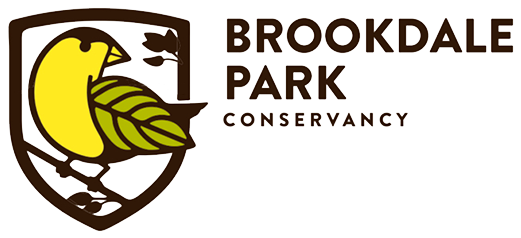Nodding Onion
Spring bulbs such as tulips, daffodils, crocuses, etc. are planted in the fall as the weather gets colder. Inside the bulb, flowers and leaves are all ready to grow. Once it is planted, the roots establish themselves. As the soil warms in the spring, bulb leaves and flowers emerge.
In early summer the leaves feed the bulb to prepare it for the next spring and eventually dry up and drop off. Don’t cut the leaves at this point, just let them nourish the bulb; they will fade away in a few weeks.
Bulbs require well-drained soil growing in sun or partial shade. They are largely care-free and long lasting. The exception is tulips which fade after a few years and are a favorite snack for deer.
Daffodils
Camissia
A few pieces of “expert Dutch” planting advice:
Add natives to your mix! Nodding Onions and Camassia are wonderful plants, producing blooms in May.
Curved flower beds will provide a more natural display of bulbs.
Feel bulbs to be sure they are firm and healthy before purchasing.
Follow the recommended planting depth (which is how deep the bottom of the bulb will sit in the hole). Plant “pointy end” up.
Planting bulbs with a small shovel is fast and easy vs using a round bulb planter or a trowel.
Multiple clusters of 5-7 bulbs provide splashes of color you can weave through flower beds.
Single bulbs give pops of color that help emphasize the other flowers in your garden.
Planting a ribbon of mixed bulbs gives a show that stops passers by in their tracks.
Bulbs need phosphorus, add bone meal or bulb food at planting then follow the package instructions for a spring feed.
Go Deeper:
A Farmers Almanac chart with all the information about soil, light, depth & spacing, plant height, etc. is linked here. This Rutgers Extension fact sheet is full of great information as well.




